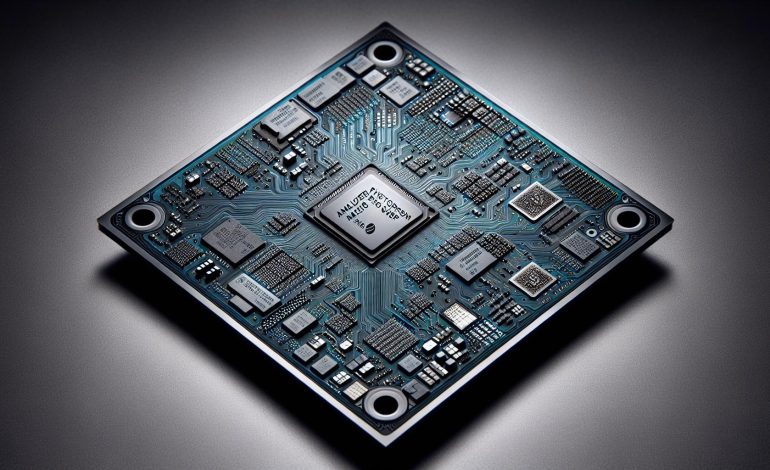Sam Altman’s ambitious $7 trillion AI chip venture
Discover why Altman's colossal $7T AI chip vision may be more fantasy than future. Can cash alone forge a tech revolution? Dive in for a reality check.

At the forefront of the AI revolution, OpenAI’s chief executive, Sam Altman, has expressed a desire to amass a staggering sum of money, with the goal of revolutionizing the semiconductor landscape on a global scale, as reported by The Wall Street Journal. This ambitious plan aims to enhance chip production capabilities to meet the growing demands of advanced artificial intelligence technologies.
During a recent appearance at the World Government Summit in Dubai, Nvidia’s CEO Jensen Huang was queried about the potential purchasing power of $7 trillion in the context of GPUs, the hardware that fuels generative AI tools like ChatGPT and OpenAI’s cutting-edge video-generating AI, Sora. Huang humorously suggested that such a sum could acquire ”all the GPUs.” However, he voiced his doubts about the necessity of such an investment, pointing out that as AI-driven computers become more efficient, the need for raw computing power will diminish.
Huang emphasized the importance of considering technological advancements in computing, which would reduce the overall requirement for hardware. He playfully remarked that without accounting for these advancements, one might erroneously conclude that an astronomical amount of resources from multiple planets and galaxies would be needed to sustain AI’s computational demands. Yet, the reality is that computer architecture is continuously evolving and becoming more efficient.
Investing trillions in data centers: A viable strategy for OpenAI’s growth?
Delving into the specifics, $7 trillion could potentially finance a vast expansion of data centers, which are crucial for housing the GPUs that train AI models like those behind ChatGPT and Sora. According to IDC, a research firm, the market value for data center construction in the U.S. was projected at $24.63 billion in 2024. With $1 trillion, one could theoretically construct 40 times the number of existing data centers.
Willy Shih, a Harvard Business School professor with a background at IBM, notes that data centers currently consume less than 1% of the U.S. electricity supply. Therefore, Altman’s plan would necessitate the construction of numerous power generation facilities and upgrades to the electrical grid to support the energy demands of these new data centers. Considering the federal investments through the Inflation Reduction Act and the Infrastructure and Investment Act to promote clean energy and grid modernization, allocating a portion of the trillion dollars towards these areas could be a strategic move.
Could Altman’s vision lead to a surge in semiconductor factory construction?
Alternatively, Altman’s vision might be geared towards enhancing the global capacity for chip manufacturing. Currently, there are only a few state-of-the-art semiconductor fabrication plants (fabs) under construction worldwide, including those by TSMC in Taiwan, Arizona, and Japan, Samsung in Korea and Texas, and Intel in Arizona, Ohio, and Israel. With $7 trillion, it’s conceivable to fund the creation of over 200 leading-edge semiconductor fabs, each costing around $30 billion, as estimated by Berstein semiconductor analyst Stacy Rasgon.
However, the ripple effects of such an expansion would be significant. Shih points out that the construction of 100 or more fabs would require a substantial increase in the production of steel mills and concrete plants, as well as a surge in construction equipment. Moreover, the challenge of scaling up the production of advanced UV machines, essential for chip manufacturing, could span decades. The training of a skilled workforce to operate these factories is another hurdle, as evidenced by TSMC’s challenges with staffing their CHIPs Act projects in Arizona.
Big numbers and the reality of technological investments
While throwing around large financial figures is easy, the true measure of success lies in the effectiveness of the investment. For instance, despite China’s substantial $150 billion investment in its domestic semiconductor industry through the Made in China 2025 initiative, the country has yet to achieve self-sufficiency. In fact, China’s semiconductor imports cost twice as much as its oil imports, as reported by RBC Wealth Management.
The critical question remains: how impactful will such a massive investment be in the long run? As it stands, the numbers don’t seem to fully support the envisioned outcomes.